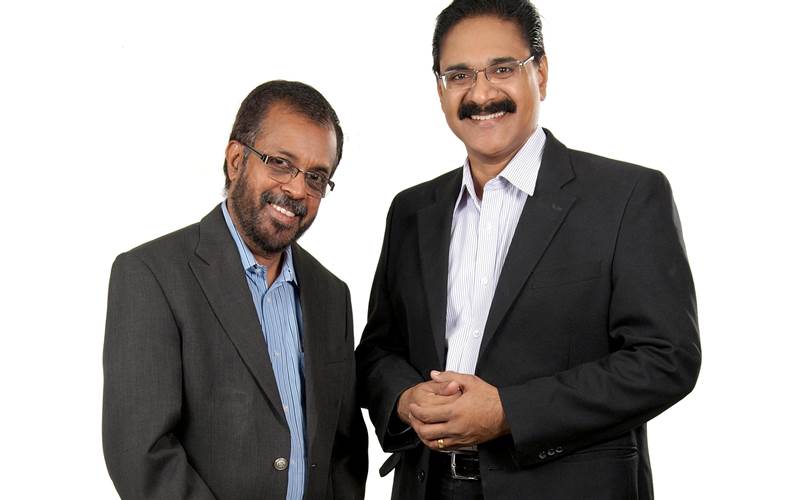When the members have committed to a common cause, we call it a team
K Radhakrishnan and Suresh Verghis of Printalent, who are involved in training, consulting and recruitment for the printing, publishing and packaging industry discuss the importance of teamwork.
08 Aug 2014 | By K Radhakrishnan & Suresh Verghis
Of late we have been witnessing one of the greatest examples of teams and teamwork: the FIFA World Cup football championships. We have seen some solid defending, amazingly coordinated forward moves, some deft and lightning fast passing and all these, resulting in some breathtaking goals. As the best 32 teams from all over the world compete for the coveted cup, it will be interesting to give some thought to what really constitutes a team and why do we consider teams as very important in present day organisations.
What are teams? How can teams help our business? Is a family a team? Are a group of people in a bus-stop, a team? Are customers sitting in a restaurant a team? Let us examine this in some detail.
We have natural groups such as ‘family’, ‘tribe’, ‘youth group’ and ‘community’. And we have ad hoc groups such as a training group or a travel group. When we examine the characteristics of a group, certain commonalities emerge. A Group satisfies individual needs. A Group establishes certain norms. A Group rewards conformity and performance. Group allows every member to participate in common targets. Group exits those who do not conform to set norms. Is a group then a team?
Not really. A team by definition is a small number of people (often three to 12 members), with complementary skills, committed to a common purpose, common performance goals and a common approach – and having mutual accountability (ref: The Wisdom of Teams by Katzenbach and Smith, page 45).
Let us think again of football teams. 11 players. Each having skills that support each other. All players have only one aim – to strike goals and win. Their collective and individual performance targets matter. They have a team strategy (approach) and back-up each other in the event of an attack (mutual accountability).
A small number of people
A team cannot be one with 50 people. Any team leader would say this large number is unmanageable as a team. The team-leader’s span of control must be optimum to provide individual attention to the team members.
Complementary skills
A football team has players with individual responsibilities. Each member has a specific skill. That personal skill helps the other team members who have different other skills. Hence we call them complementary skills. Similarly, companies need team members with specific skills that are complementary to each other’s skills. That way, we have a cohesive team.
Committed to a common purpose
When the members have committed to a common purpose, we call it a team. Without a common purpose, there is no team. When the common purpose also supports the fulfilment of individual needs, we have a good fit. When individual needs and purposes are met, we have a happy team.
Common performance goals
A team needs to have common performance goals. When individuals are out of sync with these common performance goals, there is a discord. Hence it is important to reiterate those common performance goals and seek a “buy-in” from all team members during the team formation stage.
Common approach
The team members have to follow a commonly accepted approach towards achieving the common performance goals. This approach includes tools, techniques, processes, targets, interim milestones, individual creativity and ideas to fulfill those milestones and achieve the ultimate goal.
Mutual accountability
This is one aspect that is often missed from definitions that you will find on team. This is also one aspect that gets missed out in organisations. Often people work hard at their individual jobs but wonder why the team or company does not achieve the desired performance levels. In our experience working with companies and individuals, we find that mutual accountability is missing. This simply means that in the event of a team member being unable to fulfil his or her job function, a colleague is already prepared to act as back-up. Much like the football team or a commando team in operation.
With all these ingredients in place one can be assured of successful teamwork. What then are High Performance Teams? We will be back on this in a future issue of PrintWeek India.
Take care, take action, and be relentless.
For more information contact the authors at: rada@printalent.com, suresh@printalent.com












 See All
See All